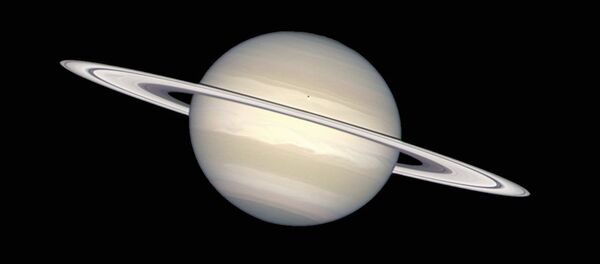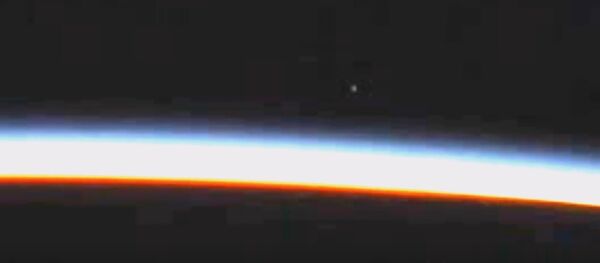"The buttes and mesas are capped with rock that is relatively resistant to wind erosion," said NASA’s Jet Propulsion Laboratory describing the footage. “This helps preserve these monumental remnants of a layer that formerly more fully covered the underlying layer that the rover is now driving on.
The Curiosity Rover has inhabited Mars since 2012 representing a major breakthrough for the American space program and for the world’s scientific community. The Curiosity Rover weighs nearly one ton (2000 pounds or 900 kilos), with scientific instruments account for 176 pounds (80 kilos) of the system’s total weight.
The Curiosity Rover serves the primary purpose of examining soil samples on the planet in search for new discoveries of water or life on the scorched terrain of the planet. The robot shoots a laser beam at the terrain of Mars causing soil particulates to disperse enabling the system to examine the chemical composition of the remaining dust.
The robot’s initial mission, explains NASA, was to "find and examine an ancient habitable environment," a task that the space agency deems the Curiosity Rover completed successfully. The rover is now tasked with finding more recent evidence of potential habitation on the planet.
"A key goal is to learn how freshwater lake conditions, which would have been favorable for microbes billions of years ago if Mars has ever had life, evolved into harsher, arid conditions much less suited for life," explained NASA’s Jet Propulsion Laboratory in a statement.
NASA has also announced that it is preparing for three additional Mars missions in the coming years in partnership with the European Space Agency (ESA) with deployment of a robot similar to the Curiosity Rover scheduled for 2020.




